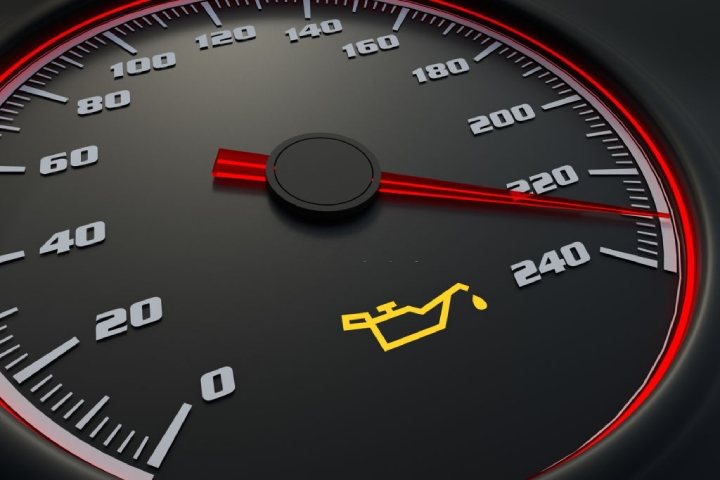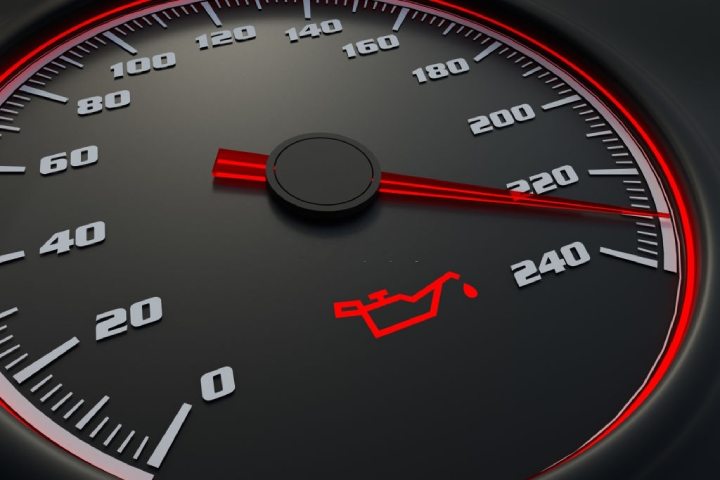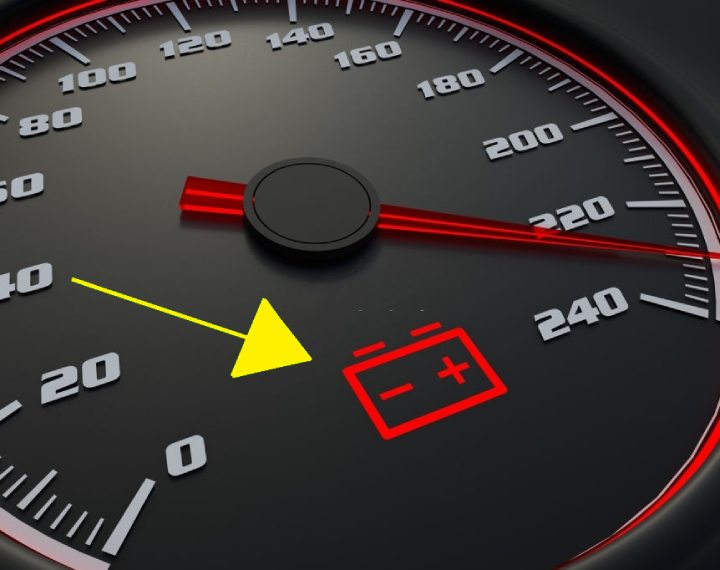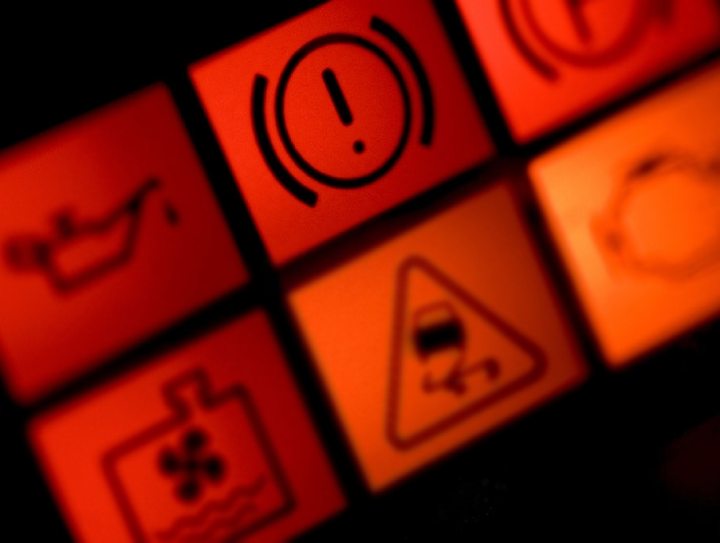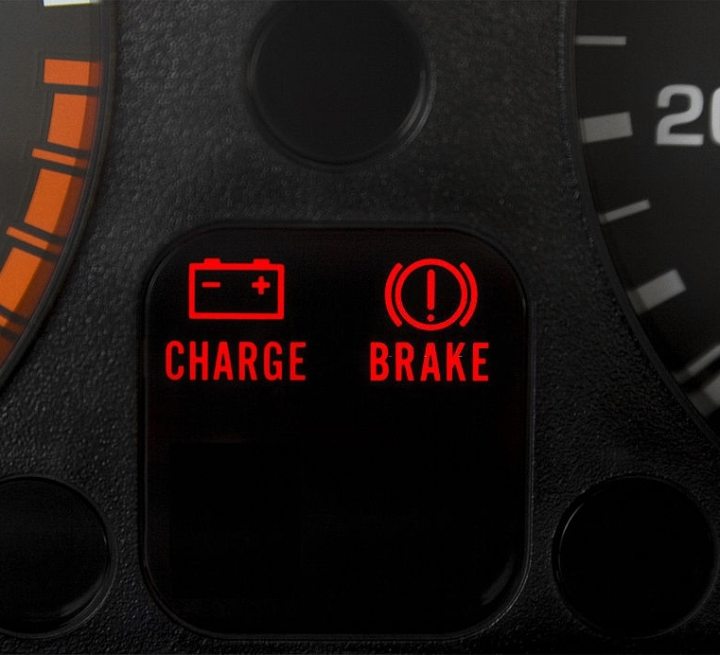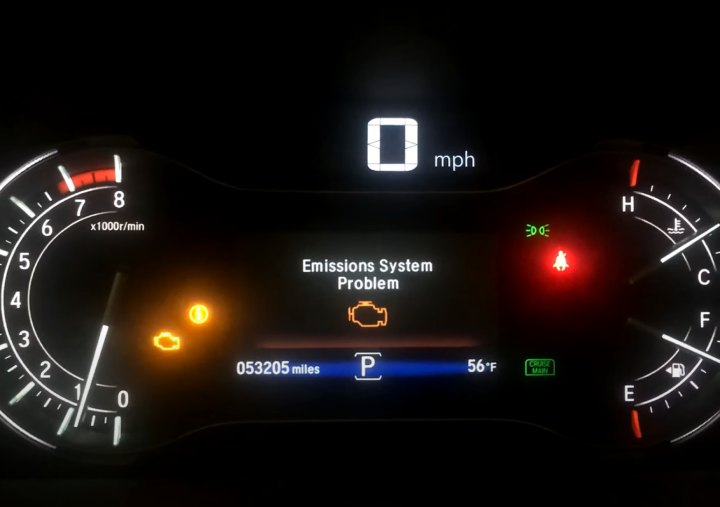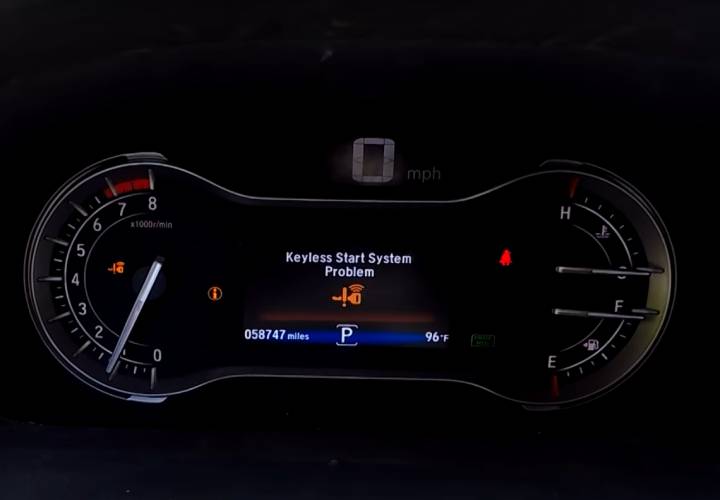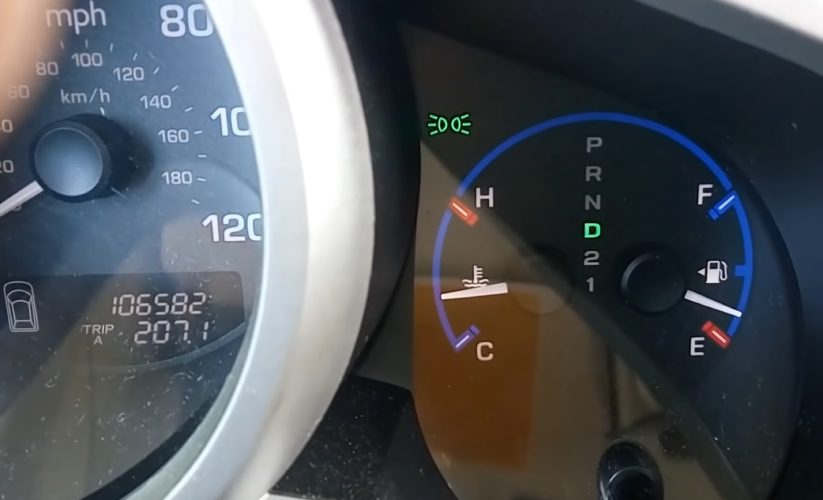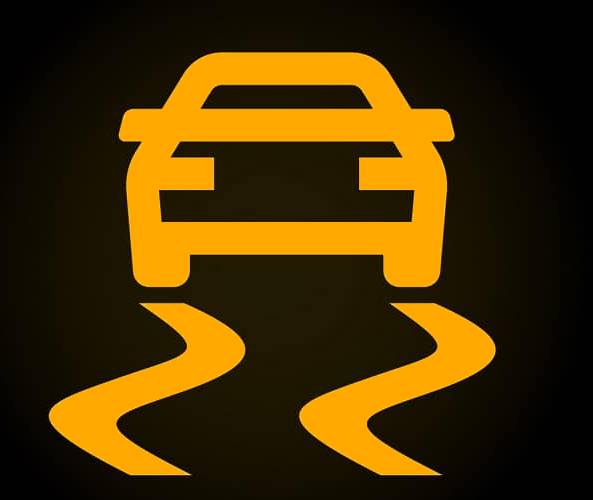Almost every internal-combustion engine powered vehicle comes with a 12V DC battery to power the electrical accessories such as the car’s headlights, radio, and AC fans.
The battery is charged by an alternator attached to the accessories belt on the engine. The alternator is designed to regulate a voltage (14.2-14.7V) higher than the battery voltage (12.4-12.8V) and a current higher than what can be drained with all accessories turned on to charge the battery constantly.
Here’s What Battery Saver Active Message Indicates
The battery saver active message indicates that a vehicle’s battery charge has dropped critically low, triggering a power-saving mode. It is a feature on many modern GM and Chevy vehicles that activates when the battery level falls below a set threshold.
By entering battery saver mode, the vehicle’s computer limits power draw from non-essential systems in order to conserve the remaining battery charge for critical functions. Heated seats, AC, infotainment, rear defogger and other accessories may be temporarily shut off or disabled to avoid draining the battery further. This allows the vehicle to be safely driven for a short distance in order to get off the roadway or reach assistance.
However, the underlying cause of battery drain needs to be diagnosed and repaired to permanently resolve the problem. Common issues include a faulty alternator, bad battery, parasitic drain or loose connections.
Drivers should exercise caution when seeing the battery saver active warning, limit accessory use, and promptly get the electrical charging system inspected to identify and correct the root cause. This can prevent getting stranded with a fully depleted battery.
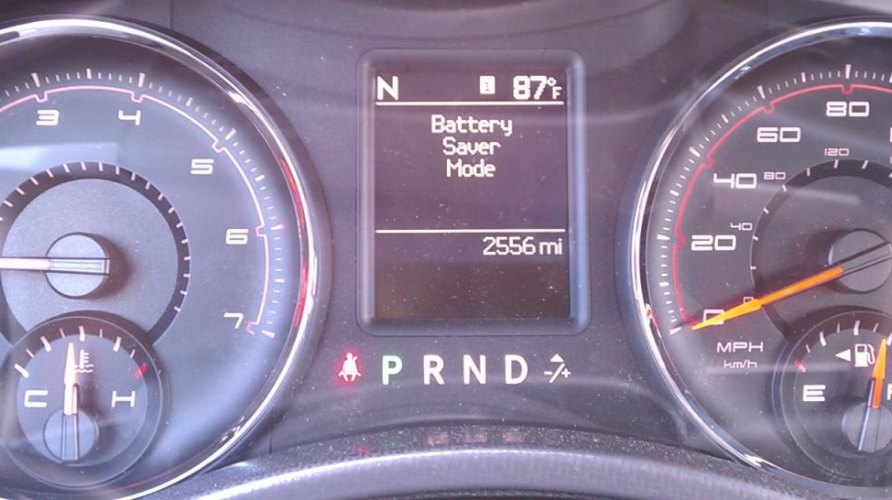
What Causes Battery Saver Mode?
Battery saver mode is triggered mainly by a decrease in the battery voltage or by continuous discharge from the battery.
It can be caused by a problematic battery, bad battery connections, alternator, or a faulty battery sensor.
I put together a detailed diagnostic procedure to narrow down the probable cause of your vehicle’s “Battery Saver Mode” message from the most straightforward repair to the most difficult one.
1. Bad Battery Connections
Lose battery connections can result in inaccurate sensor reading and intermittent current supply to the accessories. Rust on the battery connections can also lead to similar issues.
Clean your battery terminals with a wire brush and sandpaper if it is rusted or dirty, and tighten them properly so they don’t get loose on pits and bumps.
Also, spray some anti-corrosion spray on the terminals to prevent the terminals from developing any rust in the future.
2. Bad Battery Sensor
The vehicle’s battery sensor measures the voltage and the net current supply to the battery. When the voltage across the battery terminals drops significantly below 12.4V, the message pops up in your dashboard.
The sensor also monitors the net current, which includes the sum of the current drawn from the accessories and the current supply by the alternator.
The message can also pop up in case of a continuous negative current supply to the battery, i.e., when the current draw from accessories exceeds the current supply from the alternator.
It can be diagnosed by cross-checking the readings from the battery sensor with an actual volt and amp meter.
Incorrect installation of the battery sensor can sometimes lead to inaccurate values, which cause the battery saver message to pop up.
3. Bad Battery
One of the leading causes of the battery saver message is a bad battery, which fails to hold significant voltage and charge over time; hence the battery saver mode is triggered.
You can test on your own by monitoring the battery voltage when starting the car with a voltmeter. If your battery’s voltage drops below 10V on starting/cranking the engine, or it’s lower than 12.4V when the engine is OFF, then your car needs a battery replacement.
A battery can also show low voltage because of a failing alternator that is not able to charge it properly. Before testing the battery, make sure the battery is charged correctly to 100%.
Battery health can thoroughly be checked with battery testers available in most car garages. Before deciding to buy a new battery to get rid of the “battery saver active” message, I recommend visiting a car garage to have your battery tested.
Related content: 10 Dead Car Battery Tricks You Can Try
4. Bad Alternator
An alternator can stop charging the battery due to a mechanical or electrical issue, leading to this error message.
If the battery saver message has popped up while driving, then the issue is probably a bad alternator or a loose connection.
A bad alternator can be tested on your own by using a multimeter. The voltage across the battery terminals with the engine and most accessories ON shouldn’t fall below 13 volts.
Most mechanics have better tools to test the alternator performance so that you can make an informed decision before replacing it.
5. Parasitic Drain
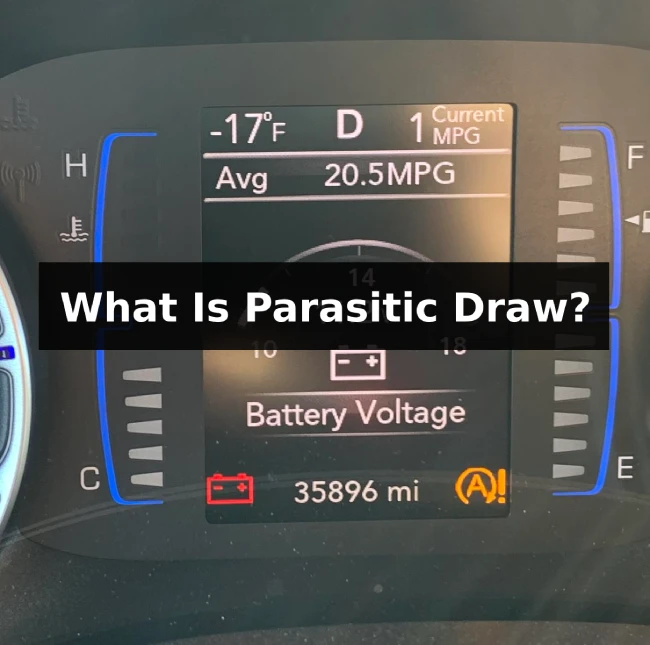
A parasitic drain is an electrical load that draws power from the battery when the vehicle is turned off. Things like interior lights, engine computers and aftermarket accessories wired direct can slowly drain the battery overnight. Use a multimeter to test for parasitic draws exceeding 50 milliamps when the vehicle is off.
6. Aftermarket Accessories
Adding too many aftermarket accessories like high-power stereo systems, lights, chargers etc. can overload the factory charging system leading to a drained battery. Evaluate if any recently added accessories are exceeding the alternator’s maximum current output.
7. Extreme Temperatures
Prolonged exposure to high temperatures in excess of 90°F degrades battery life and reduces cranking power. Cold winter temperatures also reduce battery capacity. Operating in extreme weather accelerates normal battery wear.
8. Infrequent Driving
Vehicles that are driven infrequently or sit unused for weeks at a time do not have the opportunity to fully charge the battery through normal driving. The battery discharges over time from non-use. Regularly drive the vehicle or connect a maintenance charger to avoid draining the battery during long-term storage.
Related content: Here’s What a Low Battery Gauge Indicates On Your Car
How To Fix The Battery Saver Active Message
Diagnosing and repairing the root cause that triggered the low battery warning is key to ensuring the problem does not reoccur. Here are some tips on inspecting the electrical system:
- Use a multimeter to test battery voltage and the alternator’s output. A weak battery will show less than 12.6 volts. The alternator should produce 13.5-14.5 volts when running. Replace components as needed.
- Load test the battery with a tester. A weak battery may still show good voltage but fail under the heavy load of starting the engine. Replace if it fails testing.
- Check battery cable connections for corrosion, damage or looseness. Tighten and clean as necessary.
- Verify the alternator belt is in good condition and adjusted to proper tension. A loose belt can prevent proper charging.
- Use a parasitic draw test to check for drains over 50 milliamps when the vehicle is off. Disconnect suspicious components one at a time to isolate the source.
- If a new battery has been installed, reset the power management system so the computer can properly detect the new battery’s state of charge.
- Review recently added electrical accessories or components. Remove non-essential items that may be overloading the system.
- Inspect the alternator pulley and mounts. A worn bearing or bad mounting may be causing poor alternator performance.
Is It Safe To Drive With Battery Saver Active?
The Battery Saver mode is intended to allow the vehicle to be safely driven for a short distance in order to get off the roadway, drive home, or get to a repair facility. However, precautions should still be taken:
- Only drive far enough to get to a safe, convenient location for repair. Extended driving once the battery saver is on risks fully depleting the battery.
- Avoid unnecessary stops or idling. The battery saver mode is very limited, so additional electrical loads could overwhelm the depleted battery. Only stop when absolutely necessary.
- Limit the use of additional electrical accessories like seat heaters, the radio and lights. Use only what is essential for driving.
- Drive slowly and carefully. Loss of non-critical systems like ABS and traction control reduce safety margins.
- If possible, turn off the AC and open the windows to reduce load on the electrical system while driving.
- Have jumper cables available or a backup way to jump start the vehicle in case the depleted battery dies while driving.
The Battery Saver mode does provide a safety net to get you off the highway or home, but have the charging system inspected promptly to correct the underlying problem. Failure to do so likely will result in a breakdown once the limited reserve battery capacity is exhausted.
What Does The Vehicle Do In Battery Saver Mode?
When your battery level drops too low, the vehicle’s computer takes action to reduce electrical load and prioritize power delivery:
- Non-essential systems like the rear defogger, heated seats, AC system and infotainment/navigation may be switched off or disabled. This preserves power for the engine, transmission and other critical operation.
- Exterior lighting may be dimmed or limited. Power to accent or interior lighting is reduced or cut off.
- The engine idle speed may be increased slightly to provide more power generation from the alternator.
- The climate control fan speed might be reduced and set to recirculate cabin air rather than drawing from outside.
- In some vehicles, a message displaying “Battery Saver Active” or “Battery Saver Mode” will appear in the instrument cluster warning of the low voltage condition.
- Brake assist and traction control systems may have reduced functionality.
- The power windows and door locks may be disabled.
- Safety systems like airbags and hazard lights remain fully operational.
The vehicle is still safe to drive in Battery Saver mode for short distances but non-critical systems will have limited functionality until the battery can be recharged. Avoid making unnecessary stops and powering additional accessories to prevent draining what little reserve capacity remains in the battery.
FAQ
How does the battery saver active feature affect the performance of the car?
The battery saver active feature affects the performance of a car by putting the vehicle into a limited power mode to conserve battery charge. This is achieved by disabling non-essential electrical systems, such as heated seats, AC, infotainment system, and prioritizing power to critical functions like the engine and transmission.
How long can I drive with the battery saver active?
It varies depending on battery condition, but expect no more than 10-20 miles. Drive only as far as needed to get to a safe location for repair. Extended driving risks fully depleting the battery.
Will my car immediately shut off if the battery saver activates?
No, the car will limit non-essential systems to conserve power for basic functions. But you risk stall-out once the battery fully drains. Act quickly to avoid being stranded.
Can I prevent the battery saver from activating?
Keep your battery connections clean, drive regularly, and avoid overloading the electrical system. But a failing alternator or bad battery will eventually need replacement.
Why does my car battery keep draining?
Frequent short trips, loose connections, a parasitic drain, or a failing alternator that is not fully recharging the battery can cause repeated draining. Diagnose and repair the charging system.
My battery is new, why is the saver activating?
A new battery will need to be electronically reset so the car’s computer can properly detect the charge level. Also rule out other system issues draining the new battery.
What should I do once the battery saver activates?
Drive cautiously to safety and turn off unnecessary accessories. Do not stop until you can get assistance. Get the electrical charging system inspected and repaired immediately.
Engineering Coordinator with 5+ years of experience in the automotive manufacturing industry. Currently supporting vehicle development and new model launch activities at Honda Development and Manufacturing of America. Skilled at managing engineering teams, overseeing prototype builds, coordinating testing, and driving continuous process improvements. LinkedIn

